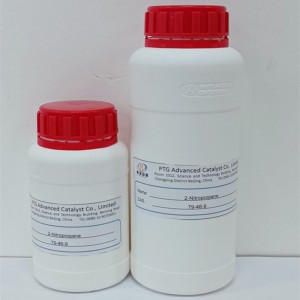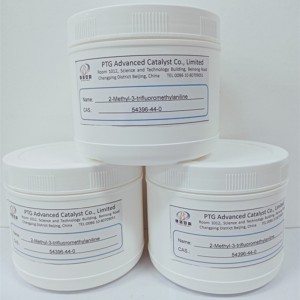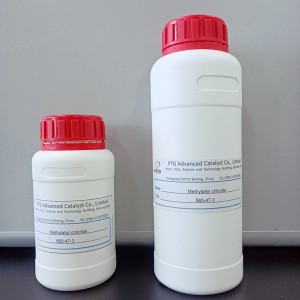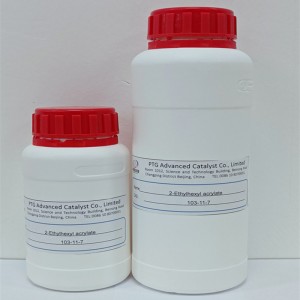Ethyl acrylate (Acrylate dethyle)
|
Chemical natures |
Ethyl acrylate is an organic compound with the formula CH2CHCO2CH2CH3. It is the ethyl ester of acrylic acid. It is a colourless liquid with a characteristic acrid odor. It is mainly produced for paints, textiles, and non-woven fibers . It is also a reagent in the synthesis of various pharmaceutical intermediates. |
|
|
Applications |
Ethyl acrylate is used in the manufacture ofacrylic resins, acrylic fibers, textile and papercoatings, adhesives, and leather finish resins;and as a flavoring agent. Ethyl Acrylate is a flavoring agent that is a clear, colorless liquid. its odor is fruity, harsh, penetrating, and lachrymatous (causes tears). it is sparingly soluble in water and miscible in alcohol and ether, and is obtained by chemical synthesis. |
|
|
Physical form |
A clear colorless liquid with a sharp characteristic odor |
|
|
Hazard Class |
3 |
|
|
Shelf life |
According to our experience, the product can be stored for 12 months from the date of delivery if kept in tightly sealed containers, protected from light and heat and stored at temperatures between 5 - 30°C |
|
|
Typical properties
|
Melting point |
−71 °C(lit.) |
|
Boiling point |
99 °C(lit.) |
|
|
density |
0.921 g/mL at 20 °C |
|
|
vapor density |
3.5 (vs air) |
|
|
vapor pressure |
31 mm Hg ( 20 °C) |
|
|
refractive index |
n20/D 1.406(lit.) |
|
|
FEMA |
||
|
Fp |
60 °F |
|
Safety
When handling this product, please comply with the advice and information given in the safety data sheet and observe protective and workplace hygiene measures adequate for handling chemicals.
Note
The data contained in this publication are based on our current knowledge and experience. In view of the many factors that may affect processing and application of our product, these data do not relieve processors from carrying out their own investigations and tests; neither do these data imply any guarantee of certain proper- ties, nor the suitability of the product for a specific purpose. Any descriptions, drawings, photographs, data, proportions, weights, etc. given herein may change without prior information and do not constitute the agreed contractual quality of the product. The agreed contractual quality of the product results exclusively from the statements made in the product specification. It is the responsibility of the recipient of our product to ensure that any proprietary rights and existing laws and legislation are observed.




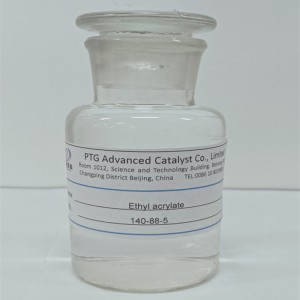
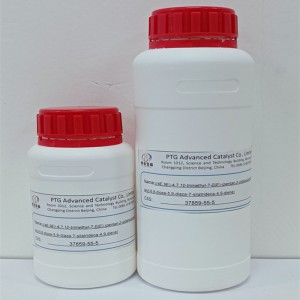
![1,1′-(1,2-Ethanediyl)bis[octahydro-4,7-dimethyl-1H-1,4,7-triazonine]](https://cdn.globalso.com/ptgchemical/11-12-Ethanediylbisoctahydro-47-dimethyl-1H-147-triazonine-300x300.jpg)
